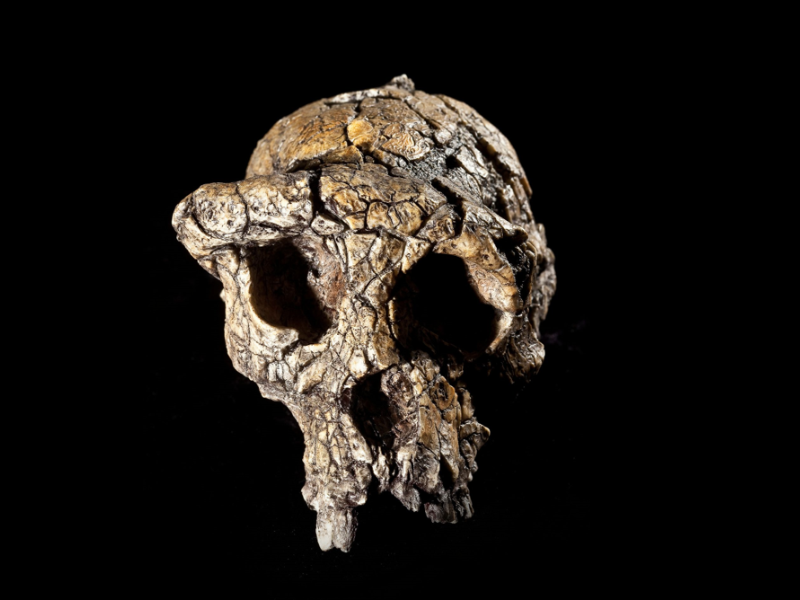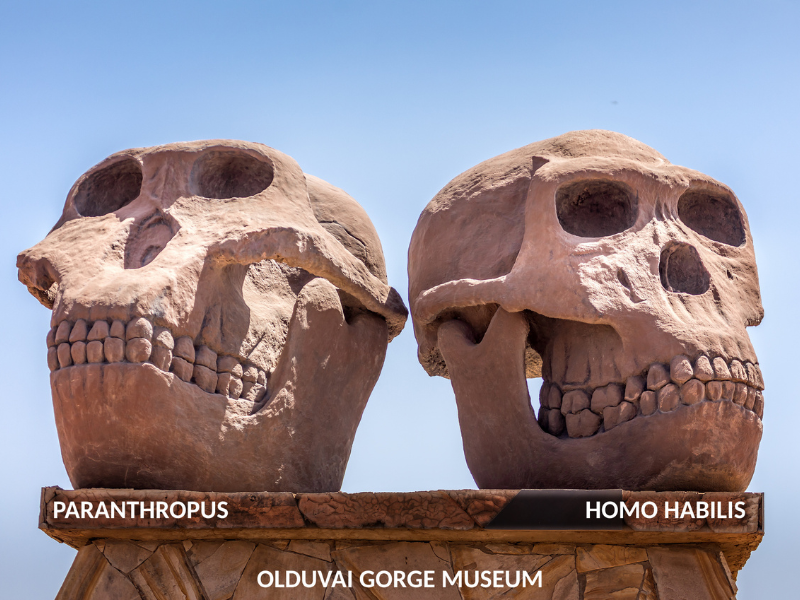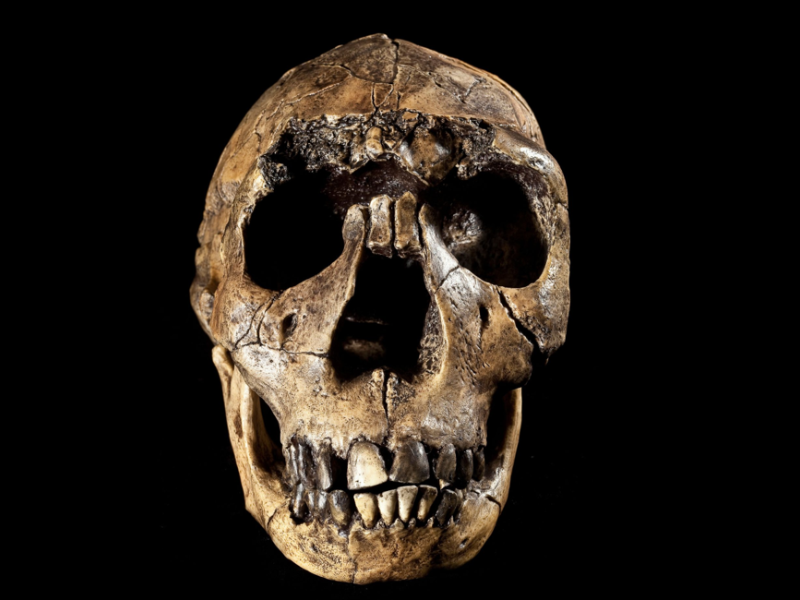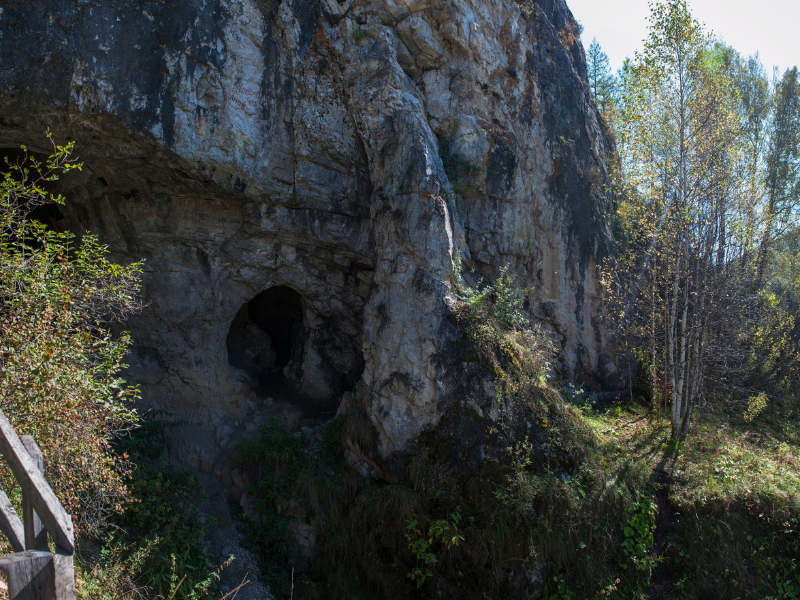Top Five Most Fascinating Human Ancestors!
We are modern humans known as Homo sapiens, and we are the last surviving species of the genus Homo. That’s right, we weren’t always the only ones! Humanity’s evolution did not unfold over millennia in one straight line. Our species’ evolution is a tree with many branches that connect at least twenty different human ancestors. Paleontologists studying the history of the human species are still piecing the puzzle together, so while we wait for the next great discovery, let’s meet the five human ancestors to have most captured our curiosity so far.
Sahelanthropus tchadensis: Nearly Human

Sahelanthropus tchadensis is a species that lived seven million years ago and may be humanity’s oldest cousin. The first fossil from this species was discovered in 2001 in Tchad, in central Africa. Scientists are still debating whether Sahelanthropus tchadensis is an ancestor of modern humans or an ancestor of our relatives, the apes. When the first Sahelanthropus tchadensis skull was discovered, researchers saw characteristics that led them to think that this species walked on two legs, which would make it a human ancestor. After nearly twenty years of debate, recent analyses on other Sahelanthropus tchadensis bones seem to confirm that this species did indeed walk on two legs but could also climb trees and get around on all fours (feet and fists) depending on where they were and what they were doing. Does this mean that our ability to walk upright happened in stages? Lots still to learn about this member of the hominid evolutionary line, also known as the Great Apes. The discovery process continues…
Paranthropus: The Human Nutcracker

The Paranthropus genus belongs to the Hominina subtribe (sometimes known as Australopithecina). This subtribe includes Paranthropus robustus, Paranthropus boisei, and Paranthropus aethiopicus which all lived between about 1.2 and 3 million years ago. Members of the Paranthropus genus have a distinct look: they have a relatively small body compared to their robust skulls and strong jaws. These strong jaws helped Paranthropus to chew hard food, and Paranthropus boisei is even thought to have cracked nuts open with its powerful jaw! This is where this species got its nickname, “Nutcracker Man.”
Homo habilis: The Human with Able Hands
Homo habilis began walking the Earth about 2.3 million years ago. This species’ name means “Handy Man.” It is the oldest member of the Homo genus, the same group that includes us, Homo sapiens. The species was discovered in 1960 and helped make the link between the more primitive Australopithecus and the more evolved Homo erectus. It had a larger brain than its ancestors. Homo habilis evolved and eventually gave rise to another one of our ancestors, one that distinctively looked and walked like humans, known as Homo erectus, or “Upright Man.”
Homo ergaster: The Human with Stone Tools

The scientific community is still debating whether Homo ergaster is its own species. Some say it is in fact Homo erectus, just from a different part of the world. Indeed, most Homo ergaster fossils were originally classified as belonging to the Homo erectus species. The name means “Work Man” and was chosen because this species was known to have made tools out of stone. Homo ergaster started walking the Earth about two million years ago and made considerable contributions to evolution by perfecting tools that helped its species hunt and cut meat more efficiently. This was an important step during a time when meat was always eaten raw (that is, before humans discovered how to cook meat). Since smaller pieces of raw meat are easier to chew, this eventually led to our human ancestors developing a less bulky jaw which may have eventually paved the way to our capacity for speech.
The Denisovans: An Intriguing New Species

Scientists discovered the Denisovans in 2010 using DNA samples from bone fragments discovered in the Siberian mountains. More fossils need to be found before Denisovans are officially classified as its own species or subspecies, but scientists know that they lived about 500,000 years ago and mated with the ancestors of modern-day humans living in the northern part of Oceania. Certain Denisovan genes are thought to still be found in modern-day humans. People from the Himalayas may have a Denisovan gene that lets them thrive at very high altitudes where there is less oxygen. People from Papua New Guinea may also carry a Denisovan gene that allows them to detect very subtle odours. Interestingly, when Homo sapiens and Denisovans mated, their male offspring appear to have been unable to reproduce. That means that the Denisovan genes that survived would only have been passed down by females.
Learn more about our ancestors and the members of the human family in our permanent exhibition Human!
